Hong Kong has a "Little Britain"? | Garden City Planning Ideal and Reality
In 1997, the sovereignty of Hong Kong was handed over to China. In the hearts of many Hong Kong people, the relationship between Britain and Hong Kong was interrupted. In the past year, from the deliberation of the China Extradition Act to the implementation of the National Security Law, under the butterfly effect, no one expected that the BN(O) passport would have equal rights one day, and the distance between Hong Kong people and the United Kingdom seems to have narrowed a little bit. .
As a post-90s born in the British rule period, although the feeling that Britain can give is familiar, it is also very illusory. Living in Hong Kong, I can't find the slightest imagination about settling in the UK from the living environment. To be honest, if I hadn’t lived in Hong Kong since I was a child, understood the history and culture of this place, or occasionally saw British-style buildings that have been turned into tourist attractions, I might really be unable to imagine that this place was once ruled by the British. After all, the two places The architectural style of the city is too different. I remember that someone once sighed in Lian Deng: "Why is Macau so similar to Portugal, while Hong Kong is not like Britain at all", which can probably sum up the author's feeling.
The author knows that it is almost impossible to find an urban space in Hong Kong that is very similar to the UK if you exclude all kinds of single-family Western-style buildings, but there are still places in Hong Kong that walk on the road, like walking in a British street town ? If I had to choose a place to compare the British style, I would choose Kowloon Tong.
Stepping into Kowloon Tong Village, what you see is no longer the high-rise buildings commonly seen in Hong Kong cities, but small independent houses. In addition to residences, there are kindergartens, marriage companies, motels, etc., and the number of parks is also rare. Even though there are many land uses, the same thing is that the space in the plot is not completely occupied by buildings, and there is still space on the side facing the street inside the fence, which can be used for small fountains, gardens or parking. This kind of architectural model that does not use up the land area is very rare in the downtown area of Hong Kong, which is more like a foreign town.
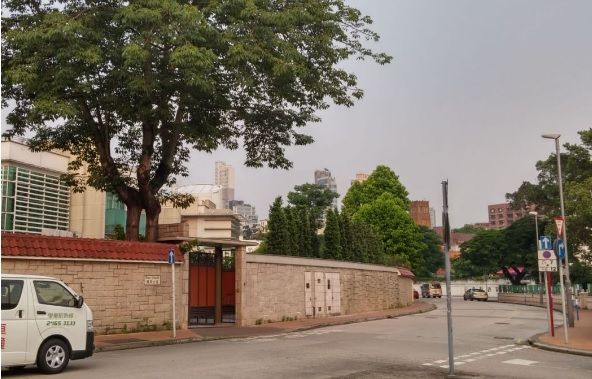
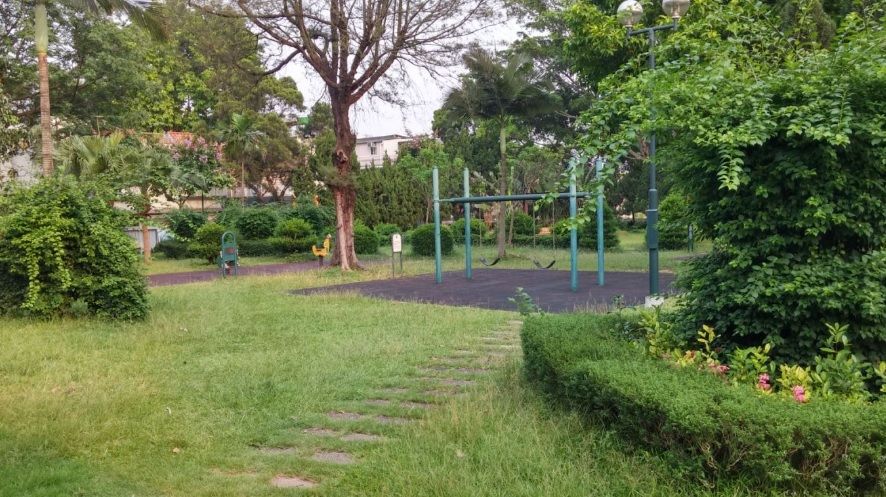
So far, although the area has undergone many reconstructions and the appearance of the buildings has long been modernized, the shape of the entire area has been preserved due to the low-density development restrictions imposed by the law. And such a block layout design was originally dominated by urban planning trends originating from the United Kingdom.
In 1898, Sir Ebenezer Howard, a British urban planner, put forward the garden city theory, advocating the concept of sustainable development similar to modern times. He believed that human beings should not endure the environment of urban overcrowding, pollution and high land rent, but they also understand living in rural areas. There are also practical problems such as low wages and lack of infrastructure in the suburbs. Therefore, he advocated that the city and the countryside should not be mutually exclusive dual spaces; in the garden city theory, he hoped that the advantages of urban and rural life could be combined and reflected in the urban-rural complex, thereby attracting residents to migrate. enter. Because this theory's innovative ideas for solving urban problems just fit the background of the era when the population was rising and the urban environment was rapidly deteriorating. In the past few decades, this urban planning theory has spread throughout the western world, leading to a boom in the construction of garden cities. Because of this, the garden city came to Hong Kong, which was still a British colony at that time.

In 1922, the Kowloon Tong and New Territories Development Company established by British businessman Charles Montague Ede introduced the concept of a garden city. A low-density English-style residential area will be developed in the enclosed Kowloon Tong area. In order to improve the housing environment, gardens are set up in front of the residences in Kowloon Tong Village, and a number of large gardens and playgrounds are set up in the area to increase greening and recreational space for residents in the area, including the Kowloon Village now named Kowloon Park. Clubhouse facilities for residents of the Garden City Club in Tonghui.
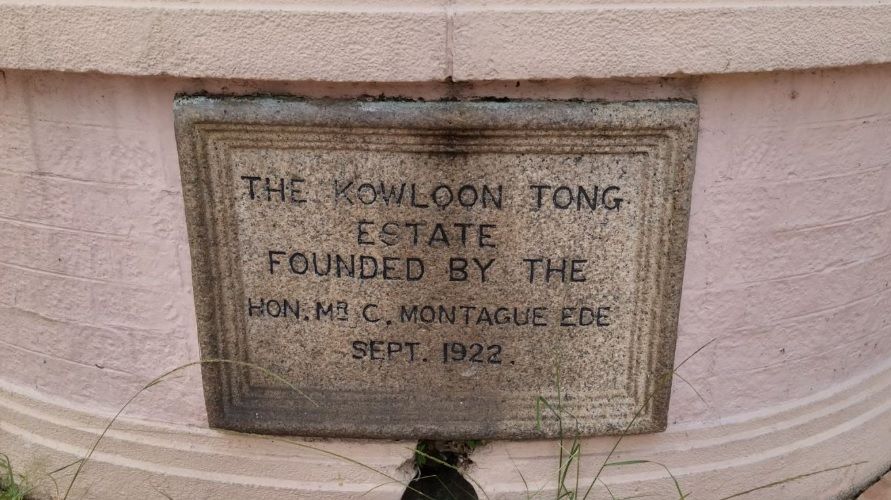
Kowloon Tong, which was the border area of Kowloon back then (not even Kowloon in a narrow sense), developed a community full of experiments under such a background. It is true that it provides a community space away from overcrowding and pollution, and provides residents with a living environment that is both modern and symbiotic with nature. However, has Kowloon Tong Village really realized Sir Howard’s ideal conception?
The answer is obviously no. First of all, in Sir Howard's conception, the garden city is composed of a central city and six satellite cities. The city presents a circular structure. The land uses from the core to the periphery are central parks and community facilities, residential and green belts, Industrial areas, while cities are surrounded by various agricultural lands. The original intention of the plan is to establish an ideal living environment, but also have sufficient infrastructure to provide life functions such as education, religion, entertainment and recreation, and at the same time open up industrial and commercial land to produce daily products and provide employment opportunities, so as to achieve the goal of self-sufficiency. If we compare Kowloon Tong Village with the ideal model, we can find that in the original planning of Kowloon Tong, there were only residences, parks and clubhouses. Although the facilities can provide recreational, interactive and social spaces, the lack of economic sectors in the area makes it difficult for residents to carry out daily economic activities in the same area, and cannot develop a community with self-sufficiency. This has also produced garden city theory. Unwanted additional traffic and road use needs.
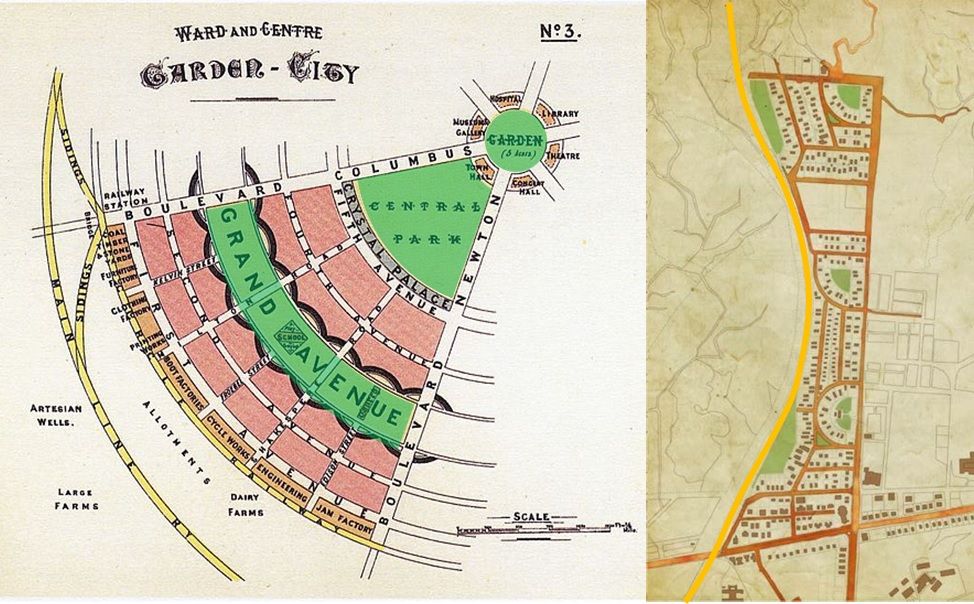
Secondly, one of the design philosophies of the Garden City is to provide a space with good quality of life for all classes of people, especially the working population who live and work in inner urban areas with poor sanitation, through perfect planning. Income earning sustainable lifestyle. On the contrary, the development of Kowloon Tong Village was positioned as a high-end residential area from planning to practice, and residential projects were even sold in the form of off-plan sales. Naturally, most of the final residents were British people who were in the upper class of society at that time. and Chinese businessmen. From development to completion, the general public in the mainstream society has been invisibly excluded from the plan by the income threshold. Rather than saying that Kowloon Tong Village is a garden city and an urban planning experiment that upholds the concept of sustainability, it is better to say that it is just a city that incorporates greenery. and modern facility development projects. However, if we look at the experimental situation of Garden City from a global scale, we will find that Kowloon Tong is not the only example where there is such a gap with the ideal model. The garden cities - Letchworth and Welwyn in the UK, eventually became the settlements for middle- and high-income earners.
In addition, the location of Kowloon Tong Village was located right next to the Kowloon-Canton Railway, which was able to reach the prosperous area of Tsim Sha Tsui at that time. It is similar to the railway network that is also located on the edge of the city in the Garden City model, or it may remind people of Kowloon Tong Village. Has the design of the traffic flow of the project ever referred to Sir Howard's conception? However, it is worth noting that the Kowloon Tong Station of the Kowloon-Canton Railway was completed and opened in 1982, which is nearly 50 years behind the construction of Kowloon Tong Village. A railway facility without a station is useless at all. Furthermore, as mentioned above, the planning of Kowloon Tong Village does not consider the layout of industrial areas. Naturally, there is no need to use railways to transport goods. As for the reason for this layout, whether the designer deliberately borrowed the railway to create the image of a garden city, or just a coincidence, it is impossible to test.
Today, commercial activities continue to intervene in the living space, and urban problems have begun to emerge one after another. During class and school hours, the community roads that were not expected to accommodate a huge traffic flow were crowded with private cars, nanny cars, school buses, etc. that came to pick up their children from school; and the entry of the Clock Hotel made this area even more stigmatized change. Although the current living environment of Kowloon Tong Village is quite ideal, its development has been farther and farther away from the original garden city planning goal. The British style left over from that year can only be felt from the street names named after British place names in this area in the future.
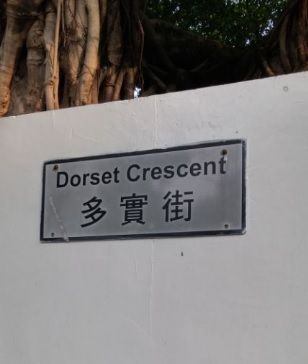
postscript
The photo was taken in 2016 when I was still in college. At that time, the class was talking about the planning concept of Garden City and the cases of various countries, and the idea of visiting here was born. Because this investigation was done spontaneously, without the supervision and adjustment of the course, the lazy temper was naturally no match for the motivation to study. The photos were kept in one or two corners of the computer, and the collected materials were not properly organized. It wasn't until 4 years later that I, who was already in the workplace, had a whim and wanted to pick up that unfinished project, which prompted the appearance of this article, which can be regarded as a summary of that year.
Like my work? Don't forget to support and clap, let me know that you are with me on the road of creation. Keep this enthusiasm together!

- Author
- More